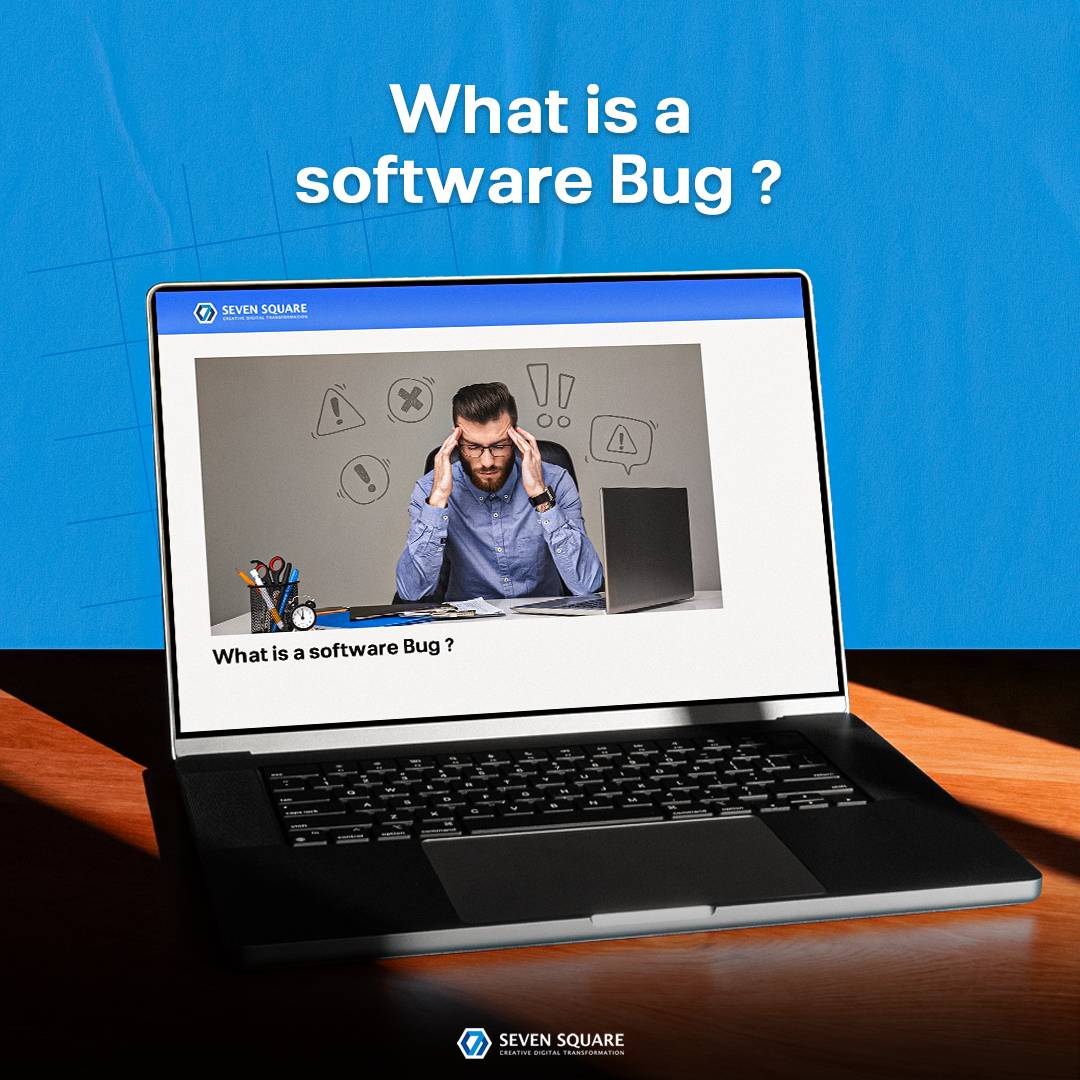WHAT IS A SOFTWARE BUG?
What Does Software Bug Mean?
A software bug is a glitch that can make a program crash or generate incorrect results due to inadequate or flawed logic. This issue can manifest as an error, mistake, defect, or fault, leading to failures or deviations from the expected outcomes.
What Causes Software Bugs?
There are numerous factors that can lead to software bugs, such as unclear requirements, programming mistakes, complexity of software, poor communication, timeline discrepancies, inaccuracies in bug tracking, documentation errors, noncompliance with standards, and various other issues.
How to Identify a Software Bug
Identifying a bug typically involves several key stages:
1. Observation: The initial sighting, such as a test failure or a customer complaint, alerts us to the existence of the bug. However, this initial observation usually lacks sufficient detail to pinpoint the root cause.
2. Symptoms: Symptoms refer to the specific ways in which the program deviates from expected behaviour. This can be a clearer indication of the issue than the initial sighting, as it highlights the exact nature of the problem. Sometimes, it may require multiple attempts to discern the precise symptom.
3. Reproduction: Reproducing the bug involves outlining the steps required for anyone to recreate the symptom with some degree of consistency. This may include manual inputs, data files, or configuration settings.
4. Description: The bug description encompasses a detailed account of the issue, including symptoms and contextual information. While a complete reproducer is ideal, bug descriptions often evolve from limited initial data to more specific details as more information is gathered. The more precise the description, the easier it is to address the problem effectively. However, in reality, bug reports may not always contain perfect information initially.
How to Resolve Software Bugs
After knowing the defect, the next step is to address the bug and implement measures to prevent similar issues in the future. Also, defects may be present in the code without visibly impacting the user experience. These defects could lie within sections of code that are only activated under uncommon conditions or may not be triggered at all (referred to as dead code). For instance, a combination of specific input values or configurations could lead to the issue. The triggering factor encompasses all the conditions essential for the defect and its subsequent effects to manifest as symptoms.
In the process of analyzing bugs, one may come across certain techniques that can temporarily prevent the occurrence of symptoms without actually addressing the underlying defect. For example, restarting or resetting a program before a resource leak becomes critical, or enforcing specific steps for users to avoid triggering conditions. These workarounds can be beneficial in the short term but should not be considered permanent solutions.
Once the defect is identified, one or more resolutions can be proposed. This may involve a simple code change or a comprehensive program refactoring.
Verification steps are essential to ensure that the bug has been effectively resolved. These steps can also aid in creating regression tests to swiftly detect the reoccurrence of the defect or similar issues in the future.
Root cause analysis delves into the circumstances or systems that led to the introduction of the defect. It examines aspects like design flaws, communication breakdowns, insufficient documentation, or weaknesses in the software development process that allowed the defect to arise initially.
How to select the best bug tracking tool?
The best bug tracking tools come with the following features:
-A good reporting facility: You will get all the information about the bugs, severity, priority, etc. Also, you will get the graphs, and charts from the reports.
-Modern bug tracking mechanism: These tools provide logs, screenshots, and video recordings that help you to identify the bugs easily.
-Bug assigning: You can assign the bugs through an email. Then you will track the work history, comments, and progress from the tool.
-Storage: The best tool creates IDs and tickets to store and retrieve the bugs for future workflows.
Best Bug Tracking Tools for Software Testing
-
-BrowserStack
-
-Jira
-
-Bugzilla
-
-Monday.com
-
-Kualitee
-
-Zoho
-
-Trac
-
-Mantis
-
-Redmine
-
-Backlog
-
-BugHerd
-
-HP ALM/QC
-
-eTraxis
-
-BugFrog
-
-BugNET
-
In Summary: Utilizing bug tracking tools in software testing is crucial for ensuring the delivery of high-quality products that align with business requirements. If your focus is on bug tracking and report generation, a dedicated bug tracking tool is recommended. However, for a comprehensive approach that encompasses the entire Software Development Life Cycle (SDLC), product management tools are essential, while test management tools are key for Software Testing Life Cycle (STLC). It's important to note that defect tracking is a fundamental aspect of both SDLC and STLC, and comprehensive bug-tracking solutions can be obtained through the use of product and test management tools. BrowserStack offers a unified platform that provides all these solutions, catering to the needs of small teams, large teams, and individuals involved in software testing.

